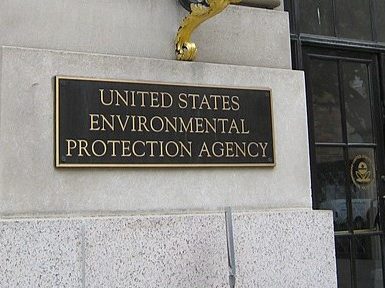Governor Ducey’s proposed fiscal year 2020 outlines the state’s financial plan for education funding, and it points out the state’s support for Career and Technical Education for secondary students and rewarding results.
The Executive Budget delivers on Gov. Ducey’s consistent promise to increase funding for Arizona’s K-12 public education system – with $637 million in new, additional monies for K-12 education.
“Career and Technical Education (CTE) creates a positive student-engagement strategy that ensures that high schools graduates can enter the workforce or advance to postsecondary education with the academic and hands-on skills they need to be successful,” as stated in the Executive Budget.
In Fiscal Year 2020, the Executive Budget will allocate $10 million to strengthen CTE programs throughout the state, with $1,000 per student incentive payment to schools for each high school graduate who earns an approved industry certification in specified industries experiencing shortages.
According to research, 96 percent of graduates who participated in CTE enter the workforce, join the military or pursue a postsecondary education.
A number of CTE program participants attended the 2019 Arizona Inauguration Day and set up booths to engage with attendees, talk about their programs and explain how it benefits their secondary education and their goals after graduation.
“I personally do think [CTE] a great way to get kids towards a career. Sometimes they forget that school is supposed to head towards a future and they just take it as punishment. CTE really helps them to see that school is to go learn about a job and find your way in life,” Katy Gazda, a biotechnology instructor at Red Mountain High School, said.
As Arizona’s economy grows and there are more jobs available, employers will need more and more skilled workers to fill those jobs.
Preparing high school students for their future endeavors and training them with the skills necessary to obtain a job not only helps the students, it helps employers in the state of Arizona.
Ashley Kirchner, a student in the Law and Public Safety CTE program, said the program, “provides us [with] some scenarios that we had to deal with. Some people would volunteer, we get the [police] belts, use what we need, and we just do what we think is right with the scenario. Then recently we just did car stops.”
Kirchner explained that she enjoys the hands-on aspect of her CTE program because it gives her an idea of what’s to be expected from law and public safety career path.
The state will also expand the Results Based Funding (RBF) initiative for K-12 education.
Results Based Funding incentivizes public schools – traditional district, magnet, and charter – to grow their impact and serve more students. Approved by lawmakers in 2016, Results Based Funding historically provided $225 per student to the top 10 percent of schools in the state, and $400 per student to the top 10 percent of schools serving more than 60 percent of students who quality for free or reduced priced lunch.
In 2018, Results Based Funding dollars reached students and teachers across Arizona, according to data from the Arizona Department of Education.
Nearly 145,000 students attend one of the 285 schools that earned Results Based Funding last year, which provided additional dollars to help Arizona’s best schools sustain their excellence and grow their impact, with an emphasis on the top schools serving high poverty students.
Governor Ducey’s Executive Budget proposal converts the distribution of programs dollars by using the A-F letter grade designation and expands the program to include high poverty “B” rated schools, recognizing that it takes more time, talent, and resources to achieve the same level of academic results.
Under the request, qualifying schools will be funded at the following per-pupil rates depending on their Free and Reduced Lunch (FRL) population.
60% or greater FRL $400 per pupil for A-grade schools
60% or greater FRL $225 per pupil for B-grade schools
Less than 60% FRL $225 per pupil for A-grade schools
The Executive Budget indicates the state will put $98.3 million toward RBF in FY 2020 and 675 schools are estimated to receive the funding.
















Add comment